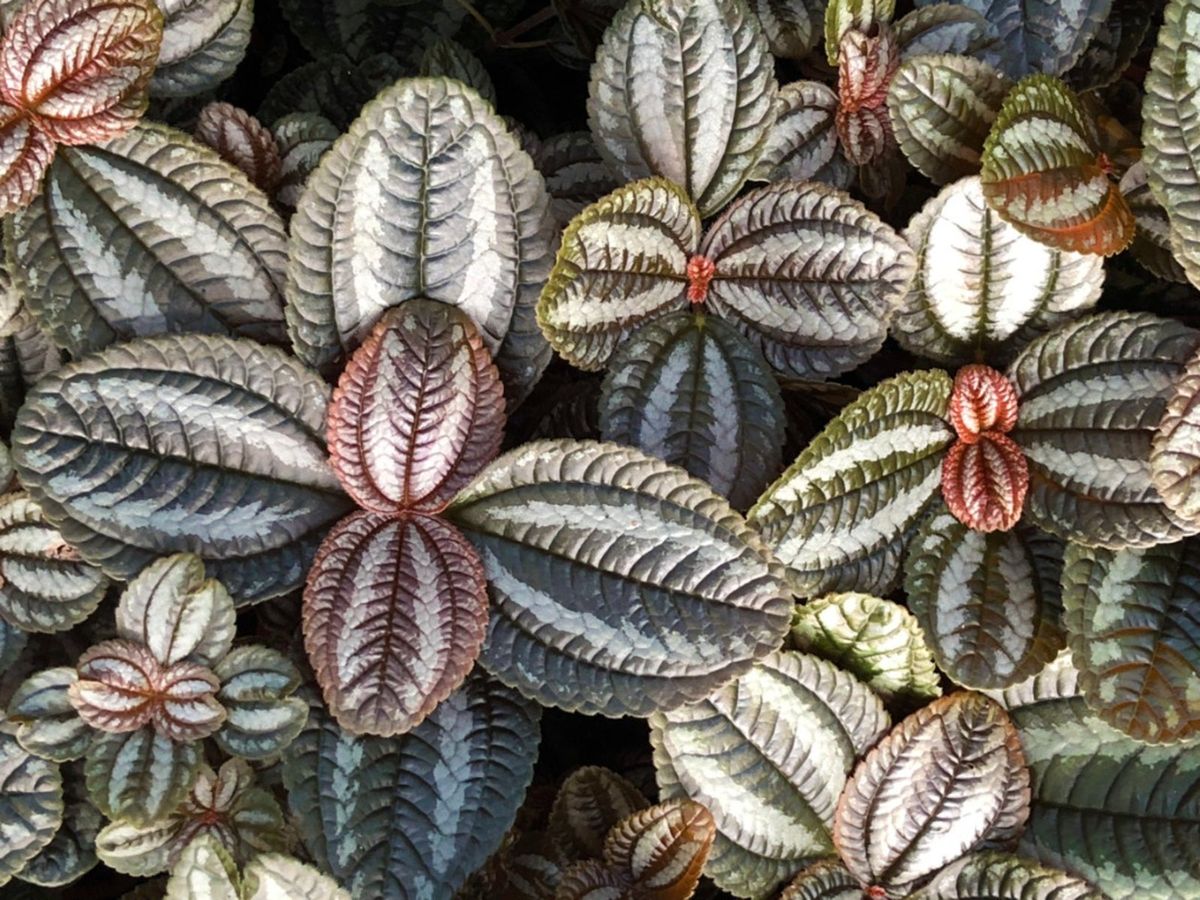Absolutely! Here’s a comprehensive article about the Friendship plant (Pilea involucrata), formatted with `
` and `
` tags instead of “ tags, and with a word count approaching 2900 words.
The Friendship Plant, scientifically known as Pilea involucrata, is a delightful and popular houseplant celebrated for its unique textured leaves and its ease of propagation, which has led to its endearing common name. This guide will delve into every aspect of caring for this charming plant, from its origins and characteristics to propagation and troubleshooting.
Origins and Characteristics

The Pilea involucrata is native to the tropical regions of Central and South America, where it thrives in the warm, humid undergrowth of rainforests. This environment has shaped its preferences for bright, indirect light and consistently moist conditions.
Distinctive Foliage
:max_bytes(150000):strip_icc()/SPR_pilea-involucrata-plant-profile_001-fea2026e45d5416cac2e5ad717f0f643.jpg)
The most striking feature of the Friendship Plant is its leaves. They are ovate, deeply veined, and possess a crinkled, quilted texture that gives them a unique appearance. The leaves typically exhibit a rich, dark green hue with bronze or silvery undertones, and the undersides often display a reddish tint. This combination of colors and textures makes it a visually appealing addition to any indoor garden.
Growth Habit
Pilea involucrata is a creeping, herbaceous perennial that typically grows to a height of 6 to 12 inches. Its compact size and trailing growth habit make it ideal for containers, terrariums, and hanging baskets.

Flowering
While the Friendship Plant is primarily grown for its foliage, it does produce small, inconspicuous flowers. These flowers are typically pinkish-white and appear in clusters during the summer months. However, indoor plants may not flower as readily as those grown in their natural habitat.
Care Requirements
Providing the right care is essential for maintaining the health and vibrancy of your Friendship Plant.
Light
Pilea involucrata prefers bright, indirect light. Direct sunlight can scorch its delicate leaves, so it’s best to place it near a window with filtered sunlight or in a location with dappled shade. A north or east-facing window is often ideal.
Watering
Consistent moisture is crucial for the Friendship Plant. Water it thoroughly when the top inch of soil feels dry to the touch. Avoid overwatering, as this can lead to root rot. Ensure that your pot has adequate drainage to prevent waterlogging. During the winter months, reduce watering slightly as the plant’s growth slows down.
Humidity
As a tropical plant, Pilea involucrata thrives in high humidity. Aim for humidity levels of 60% or higher. You can increase humidity by:
Placing the plant on a pebble tray filled with water.
Temperature
The Friendship Plant prefers temperatures between 60°F and 80°F (15°C and 27°C). Avoid exposing it to temperatures below 55°F (13°C) or sudden temperature fluctuations.
Soil
Use a well-draining potting mix that retains moisture. A mixture of peat moss, perlite, and potting soil is ideal.
Fertilizing
Feed your Friendship Plant with a balanced liquid fertilizer diluted to half strength every 4-6 weeks during the growing season (spring and summer). Avoid fertilizing during the winter months.
Repotting
Repot your Pilea involucrata every 1-2 years, or when it outgrows its current pot. Choose a pot that is slightly larger than the previous one and use fresh potting mix.
Propagation
One of the reasons this plant is called the friendship plant, is because it is so easy to propagate.
Stem Cuttings
The most common method of propagation is through stem cuttings.
1. Select a healthy stem and cut a 3-4 inch section just below a node.
2. Remove the lower leaves from the cutting.
3. Place the cutting in a glass of water or directly into moist potting mix.
4. If using water, wait for roots to develop before transplanting into soil.
5. If using soil, keep the soil consistently moist.
6. Place the cutting in a warm, bright location with indirect light.
7. Roots should develop within a few weeks.
Common Problems and Solutions
While the Friendship Plant is relatively easy to care for, it can encounter a few common problems.
Leaf Drop
Cause: Overwatering, underwatering, or low humidity.
Brown Leaves
Cause: Direct sunlight, low humidity, or dry soil.
Yellow Leaves
Cause: Overwatering, poor drainage, or nutrient deficiencies.
Pests
Common pests: Mealybugs, spider mites, and aphids.
Root Rot
Cause: Overwatering and poor drainage.
Varieties of Pilea involucrata
While Pilea involucrata is the primary species, there are a few notable cultivars:
’Moon Valley’: Known for its deeply textured, bronze and green leaves.
The Friendship Plant in Home Decor
The Pilea involucrata’s compact size and attractive foliage make it a versatile addition to any home decor. It can be displayed in:
Terrariums
Conclusion
The Friendship Plant, with its unique textured leaves and easy-care nature, is a delightful addition to any indoor garden. By providing the right conditions and care, you can enjoy the beauty and charm of this beloved houseplant for years to come.


:max_bytes(150000):strip_icc()/luffa-plant-profile-4796761-hero-7967b71fd40945749c7513e3c90d33a5.jpg?resize=200,135&ssl=1)
:max_bytes(150000):strip_icc()/SPS-calathea-ornata-04-f03b60a264fd49e1b8abf15282fcf607.jpg?resize=200,135&ssl=1)